What do Portuguese people eat at home?
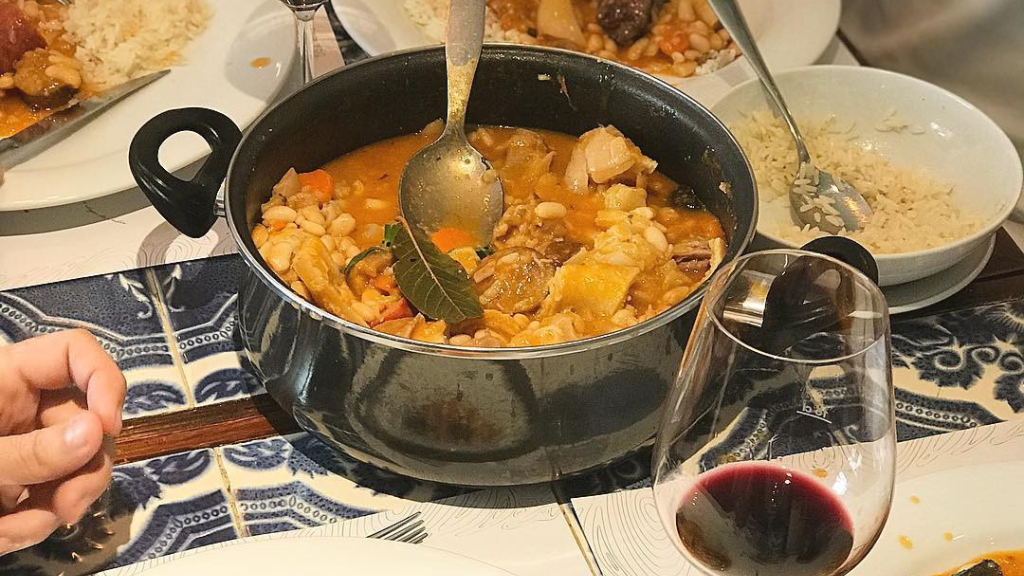
Restaurant food doesn’t always fully represent what people eat like at home. This happens in Portugal and in many other parts of the world. If you think about it, it makes sense: when you go out and pay for a dining experience, you expect to enjoy something different than what you already eat at home on most days, cooked by yourself or by one of your family members. Of course this applies mostly to the kind of restaurants you’d go out to for the sake of a culinary adventure, and much less so when it comes to every-day eateries you’re most likely to visit for a quick, and preferably affordable, weekday lunch.
To understand what Portuguese people usually eat at home, your best chance is to make friends with the natives and to get invited to eat at their place. Alternatively, you could also book an experience which would allow you to eat at a Lisbon home, such as the ones we organize to bring you a little closer to authentic Portuguese culture and flavors.
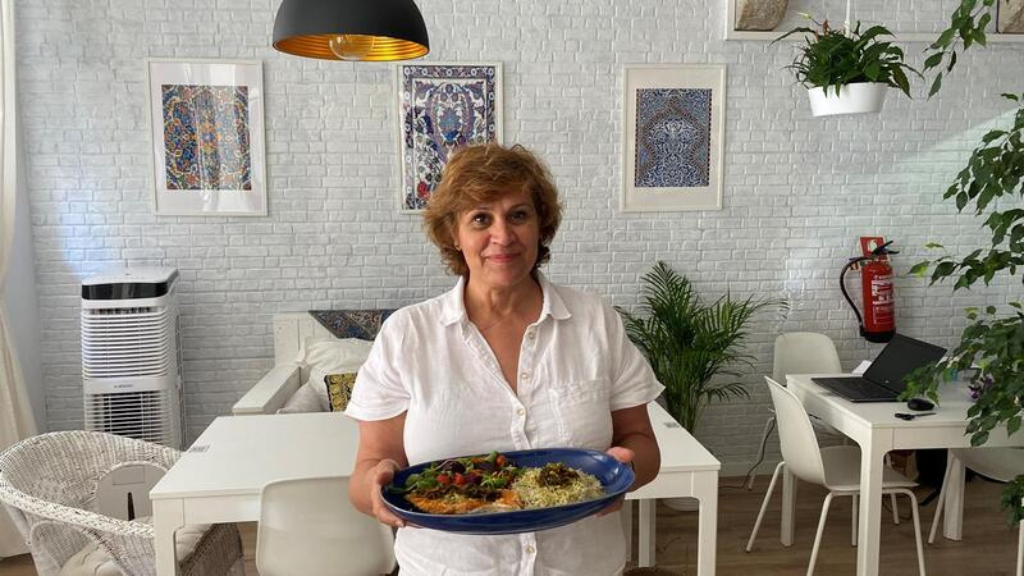
When it comes to commercial establishments, if your goal is to taste what Portuguese home-style cooking is all about, we’d recommend visiting simple restaurants, tascas and even our hybrids of cafés and pastry shops (aka pastelarias) which, during lunch hours, often serve simple meals. Prato do dia, that is Portuguese for the daily special, gives restaurants the opportunity to present dishes which often don’t end up making it to the permanent menu. We’re talking about one pot wonders, oven-baked recipes, grills, stews and more.
Generally speaking, typical Portuguese home-cooked food revolves around proteins such as pork, chicken and fish, legumes, vegetables (particularly leafy greens used in stews and soups which we explore further below, or simple preparations which will have them boiled or steamed), bread, cheese, and cold cuts (including artisanal and regional cured meats and other pork products of a more industrial nature). Our diet is part Mediterranean (explaining the expansive use of olive oil for seasoning and cooking), and part Atlantic, which translates into cooking with lots of fresh fish but also cured species like salted cod, aka bacalhau.
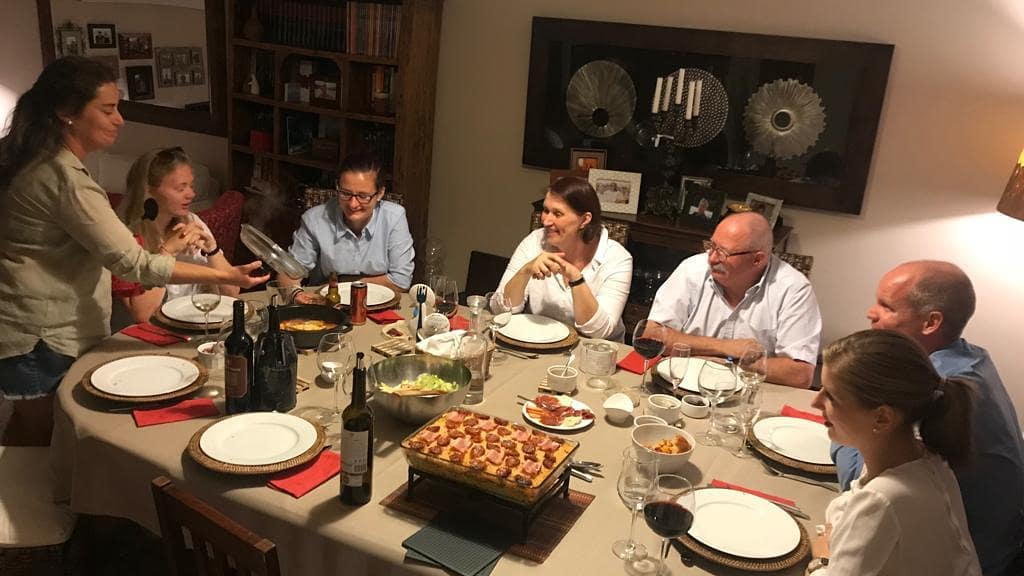
No matter what ends up landing on the table at home, one thing that can’t be overlooked is how much the average Portuguese person cares about food and eating well, that is, with abundant and tasty portions, not necessarily always balanced per se. Cooking for someone is an act of love which a lot of Portuguese folks still embrace and sitting with your family around the table, even though it is not a given these days particularly in urban centers, is still very important. That explains the popular saying “a hora da refeição é sagrada”, which points out that mealtimes are sacred. By the way, if you’re curious to find out, these are the most customary hours for meals in Portugal and the usual protocol to set the table involves these steps.
These are some of the standard foods most Portuguese families often cook at home:
Portuguese soups people eat at home
Most Portuguese kids grow up eating a bowl of soup before their main meal, at least once a day. This makes up for the lack of vegetables you’d notice often lacking in other typical Portuguese servings, even though it could be argued that, at home, locals do tend to eat more vegetables than when they dine out.
Sopa de legumes, a general Portuguese term that refers to vegetable soups, is the most common of them all. The base tends to be blended potatoes or zucchini, onions, garlic and carrots, with added leafy greens such as turnip greens, spinach, and watercress, amongst others. If you’re curious to learn more about Portuguese style soups, we’ve dedicated an entire article to this very healthy topic.
Besides leaner soups which act as a starter, other heavier options which often end up making for a full meal, especially when eaten in the evening, perhaps with some bread and fillings like butter, ham and/or cheese, include sopa da pedra, a hearty beans, vegetables and cured meats soup; and canja, a chicken broth often turned more filling by the addition of tiny pasta or rice.
Going specifically to the Alentejo region, we find açorda alentejana, a creative garlic, cilantro and olive oil broth poured over day-old slices of bread, which avoid stale loaf leftovers from going to waste. Açordas are often topped with poached eggs and sometimes even fish, such as salted cod, making for a quick, frugal and no waste meal – isn’t that what home meals should be all about?
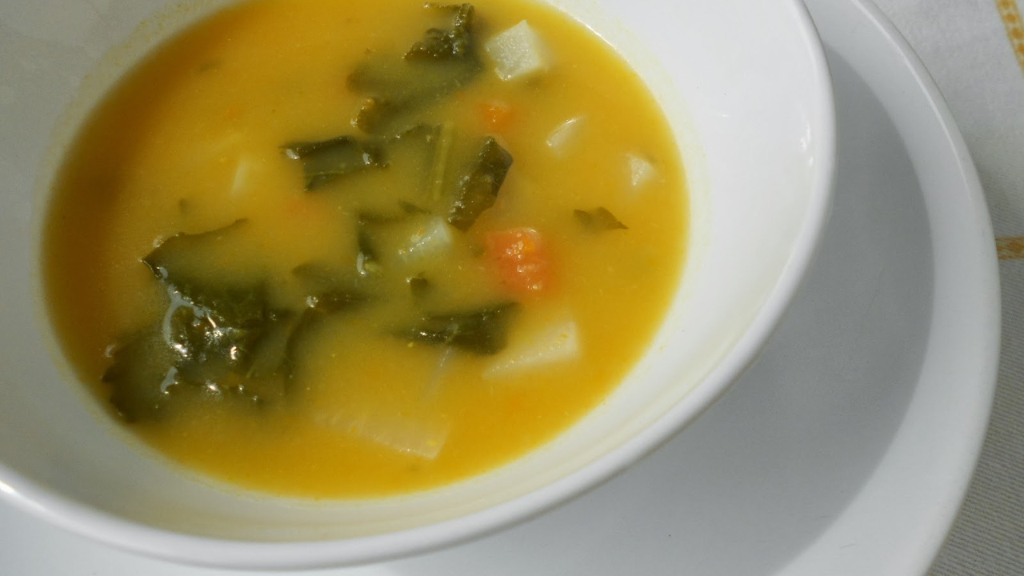
Portuguese stews and one-pot wonders
Here in Portugal, just like in many other parts of the world, stews reign supreme when it comes to home food. If it’s true that these one-pot recipes were even more common when families used to stay under the same roof and involved larger numbers of people, it still holds true that warming stews are very close to many Portuguese people’s hearts – and, as they used to say back in the day, the most direct way to someone’s heart is via their mouth!
Portuguese stews are usually prepared with meat and potatoes (like estufado de carne) and, even more commonly, with legumes and small cuts of meats, particularly cured ones, which are mostly responsible for adding flavor to the dish. These legume rich stews include feijoada with kidney beans and meats; dobrada with white beans and tripe; favas à portuguesa with broad beans and cured meats; ovos com ervilhas with eggs poached on a green peas and meats base; and rancho with several kinds of legumes, cured sausages, macaroni and veggies (pictured here). Cozido à portuguesa, which we regard as Portugal’s national dish, is also one of these stews but, considering it involves so many different ingredients, it’s not something most Portuguese will cook on a regular basis. Instead, this meat and vegetable stew is reserved for special occasions which gather more people around the table, such as family lunch on a Sunday. If you’re interested in learning more about other stomach and heart warming Portuguese stews ideal for winter time, we share more with you here.
Because not all stews need to be made with with meat, traditional Portuguese cooking also comprises of some fish based casseroles, such as salt cod with potatoes and olives (known in portuguese as bacalhau à Gomes de Sá); caldeirada de peixe, a typical fisherman stew with different cuts of fish depending on what’s available, plus vegetables and potatoes; and massada de peixe, a similar stew swimming in a tomato rich broth, but that replaces the potatoes for macaroni (in Portuguese, massa stands for pasta).
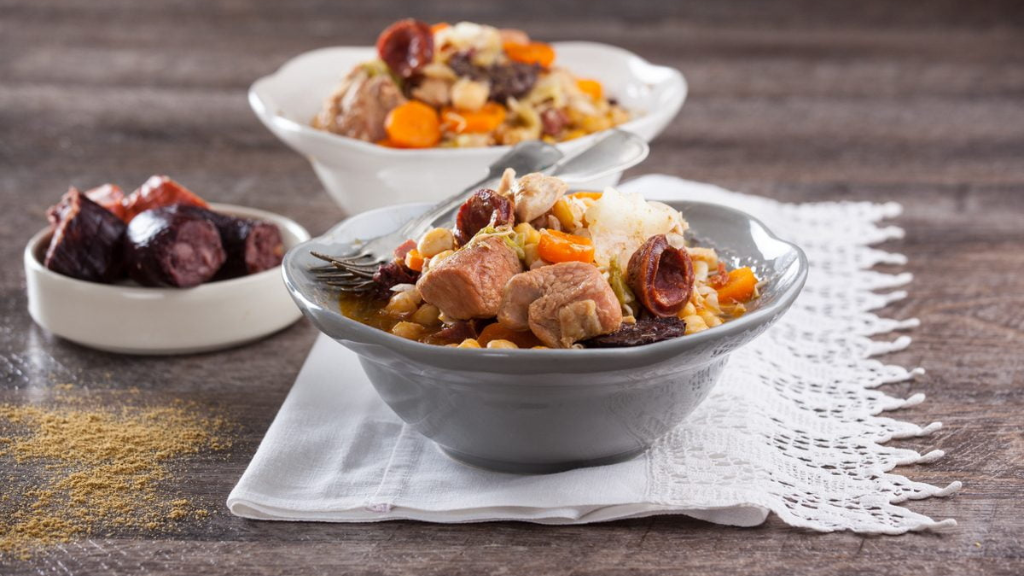
Oven-baked dishes for a Portuguese family meal
Oven-baked dishes are very useful to make at home, as they normally involve recipes which can be prepared in advance in fairly large quantities, and you’d only have to put them in the oven just before meal times. Notable baked dishes with very Portuguese essence, include recipes which you’d still sometimes find in restaurants, like cod based gratins like bacalhau com natas or bacalhau espiritual, but also others which you’d very rarely see in commercial establishments. An example of such dishes would be empadão, Portugal’s take on shepherd’s pie, which can be prepared with layers of mashed potatoes and minced meat (empadão de carne), or with the same filling tucked in between rice (empadão de arroz), once again making sure rice that might have been prepared as a side dish for some other meal ends up being used! Empadão is such a flexible dish that you could potentially stuff it with whatever ingredients you have a home, like canned tuna (empadão de atum), other fish (empadão de peixe) and even assorted vegetables (empadão de legumes).
Besides some of the dishes mentioned here, of course we also have a passion for roasts, particularly involving cuts of pork like the loin (lombo de porco assado) or, during festive times of the year like Easter, with more elaborate proteins such as lamb (cabrito assado da Páscoa).

Typical stove-top Portuguese recipes
Even though you may associate Portuguese cuisine with grills, and we the natives do so too, the truth is that, unless it’s summertime and you’re lucky enough to have a garden or a big balcony, we’d rarely do charcoal grills at home. Insead, we tend to favor recipes which we can more easily accomplish on the stove-top, with less prep time, less smoke, and way less cleaning involved. As such, charcoal grills are something we tend to eat more when we go out, and that’s why you see so many restaurants specializing in this type of barbeque, whether it’s favoring dishes like peri-peri chicken, or all other sorts of fish and meat.
If we crave something grilled, we can do so on the stove-top, particularly with thin cuts of meat (bifes stand for beef steaks, while febras stand for pork ones). When it comes to shallow frying, we often consume things like cured sausages (particularly alheira), but also a little more elaborate recipes like bifinhos de cebolada, mixing thin strips of meat with abundant sauteed onions.
Rice dishes are a great way to prepare food for many, often on a budget. They allow you to stretch the ingredients to feed the entire family. For example, if you only have one piece of cod, you won’t cook it grilled or in the oven. Instead, you can shred it and make a cod risotto (arroz de bacalhau) or, if you’re craving potatoes more than rice, scramble it with matchstick cuts of the tubers with eggs and make one of Lisbon’s most iconic dishes, bacalhau à Brás. Other Portuguese rice dishes include those made with octopus (arroz de polvo), duck (arroz de pato, which is cooked on the stove and finalized in the oven), braised chicken with its own blood (arroz de cabidela) and, when the budget allows or you crave something a little more festive, assorted seafood (arroz de marisco).
Last but not least, the standard Portuguese family will often have a variety of frozen salgados on stock, ready to hit the deep-fryer for a quick satisfying meal. Salgados are Portugal’s range of savory snacks [inserir link para novo artigo sobre este tema], which can be eaten on their own as appetizers, but which we also often eat as a main meal, with quick simple side dishes such as steamed rice and salad or, if you have a little more time for it, an appetizing “naughty rice”. Over all, meat croquetes, shrimp rissóis or cod cakes are very often eaten in Portuguese households. 
Easy cold Portuguese salads to make at home
Similarly to other parts of the world, we favor salads when we want something quick and easy to prepare, especially during warmer months. The Portuguese particularity has to do with the fact that our most typical salads have more to do with legumes and animal protein than with vegetables as such. Traditionally Portuguese cold salads are those made with pinto beans and canned tuna (salada de feijão frade com atum) or shredded salted cod with chickpeas (salada de grão com bacalhau or meia desfeita de bacalhau). The usual seasonings consist of olive oil, white wine vinegar, salt and pepper and, when it comes to making a salad more filling and rich in protein, a boiled egg cut up into wedges or crumbled on top seems to be a recurrent and beloved option.
Not exactly a salad, but also making very good use of preserved fish, it’s not at all uncommon for us to open a can of seafood (such as sardines, mackerel or others) and complete the meal by simply boiling potatoes and some standard vegetables (think carrots, broccoli and/or green beans) to serve the canned fish with. We have shared some easy recipes if you’re in the mood to make a Portuguese salad with canned fish at home. 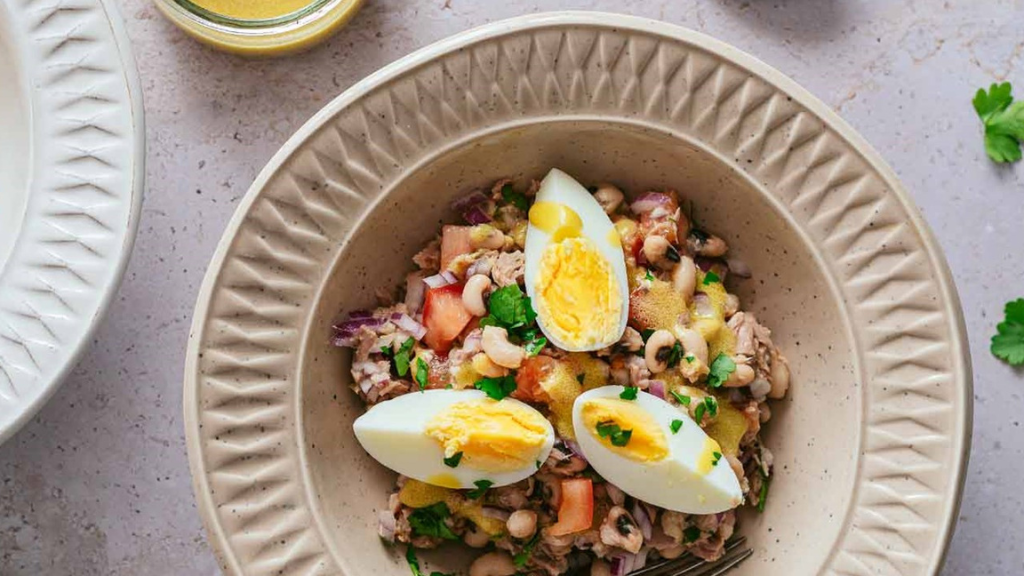
Home-style Portuguese desserts you don’t usually find in restaurants
A sweet dish and an espresso coffee is the most beloved way to end a meal in Portugal. Of course at home we don’t always have dessert, but when we have time to make it, for example during the weekend, we end up doing some recipes which are often not served in restaurants. Easy options include mousses prepared with all sorts of ingredients, from chocolate (mousse de chocolate), to caramel (baba de camelo), to fresh and canned fruits. Actual recipes which you’d very rarely find in restaurants during regular times of the year but which we would easily make at home include for example aletria, a dessert with a custard base similar to the one used for sweet rice pudding, but in this case mixed with angel hair pasta. Rabanadas, Portugal’s take on French toast or pain perdu (eaten as a dessert, not for breakfast) is also rarely found in commercial establishments, unless it’s Christmas time.
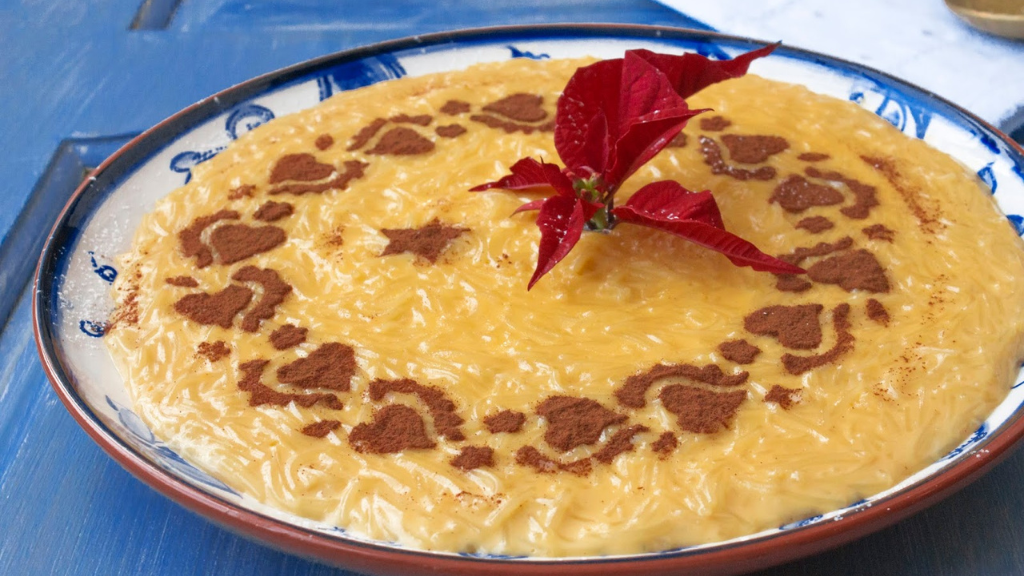
Do the Portuguese drink alcohol at home?
The short answer is yes! Just like you’d see when you go out to eat, whether it’s lunch or dinner, Portuguese adults often drink alcohol in moderate quantities during meal times. It’s not unusual for Portuguese professionals to even go to business lunches and order a glass of wine or a bottle to share. When you are used to drinking a little, this isn’t seen as an act which will affect your mental abilities or behavior. A regular Portuguese person can order a beer just as easily as they’d order a soda, and this is why even chains like McDonald’s include such brews as part of their drinks offering, something that international visitors, particularly from the USA, tend to find rather surprising.
If you visit a more rural area, it wouldn’t be uncommon to have unlabeled bottles of wine at the table, or jars which are refilled from 5 liter containers. This is because a considerable number of families still has its own small production of wine, or at least has friends with vineyards, which would give them some liters of wine. The same non commercial bottle phenomena applies to dessert drinks and digestives, like home-made liqueurs and brandy.
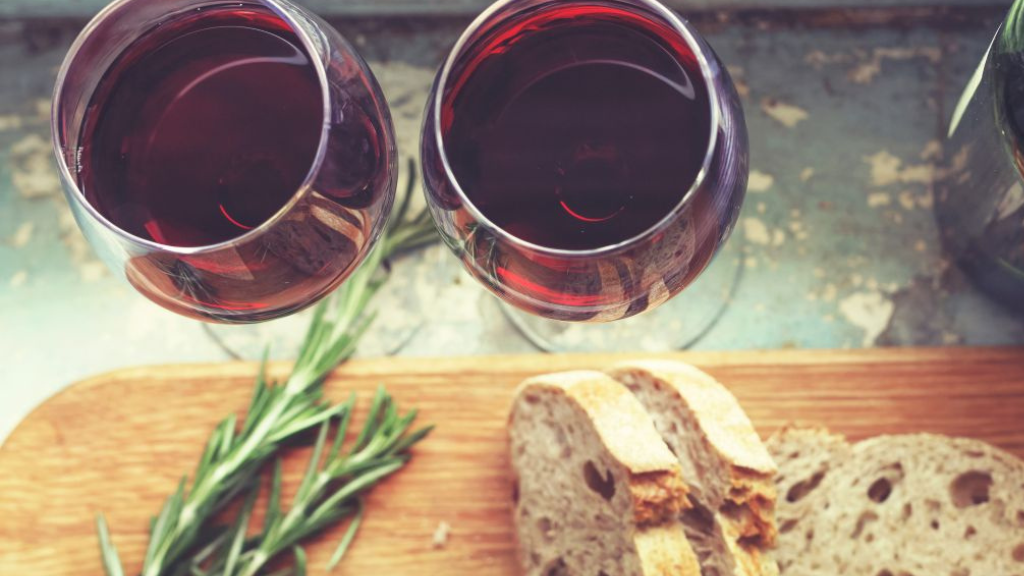
As the fado icon Amália Rodrigues used to sing:
“Numa casa portuguesa fica bem
Pão e vinho sobre a mesa
E se à porta humildemente bate alguém
Senta-se à mesa com a gente”
That is:
“In a Portuguese house it looks good
To have bread and wine on the table
And if someone humbly knocks at the door
They would sit at the table with us”
If these are some of the dishes Portuguese people often cook at home, there are a few very typical foods which the vast majority of people don’t usually make at home. These include peri-peri chicken, spit-roasted suckling pig, the most intricate of conventual sweets, and even pastéis de nata. Follow Taste of Lisboa on Instagram for more Lisbon related tips, including Portuguese food, culture and lifestyle! Tag us in your food & cultural experiences too: @tasteoflisboa #tasteoflisboa
Feed your curiosity on Portuguese food culture:
Set the table, Portuguese essentials
Homestyle Portuguese food for the winter
How to make a Portuguese Fado dinner at home
Real people, real food. Come with us to where the locals go.
Signup for our natively curated food & cultural experiences.
Follow us for more at Instagram, Twitter e Youtube
